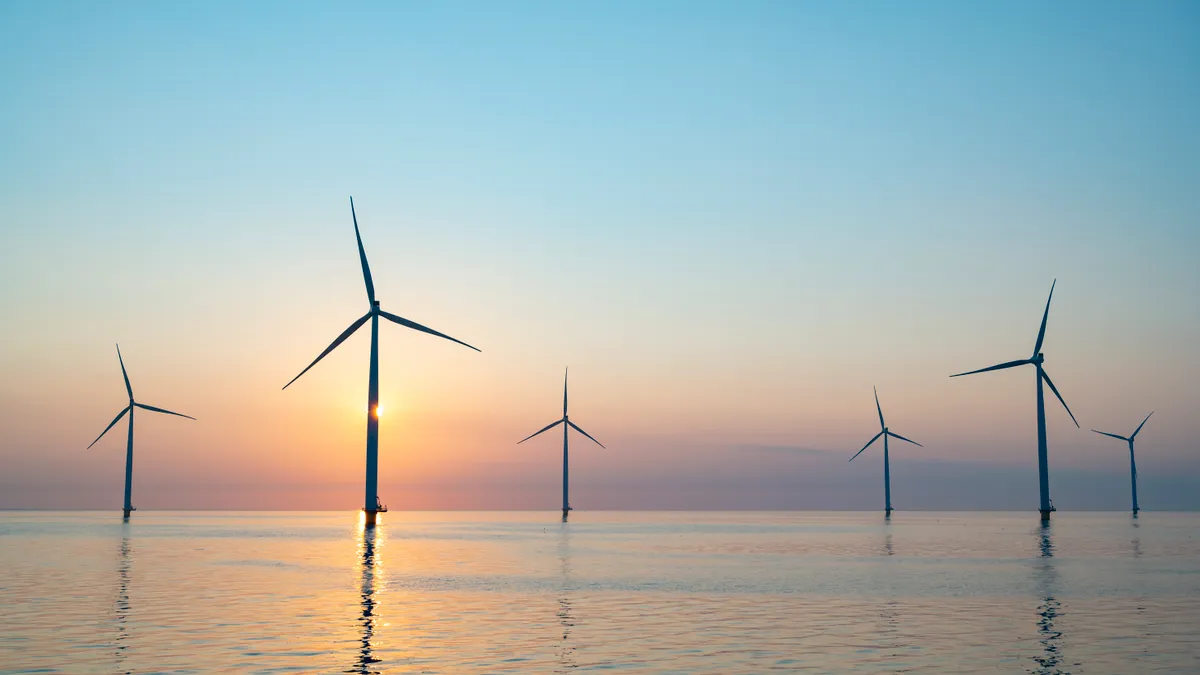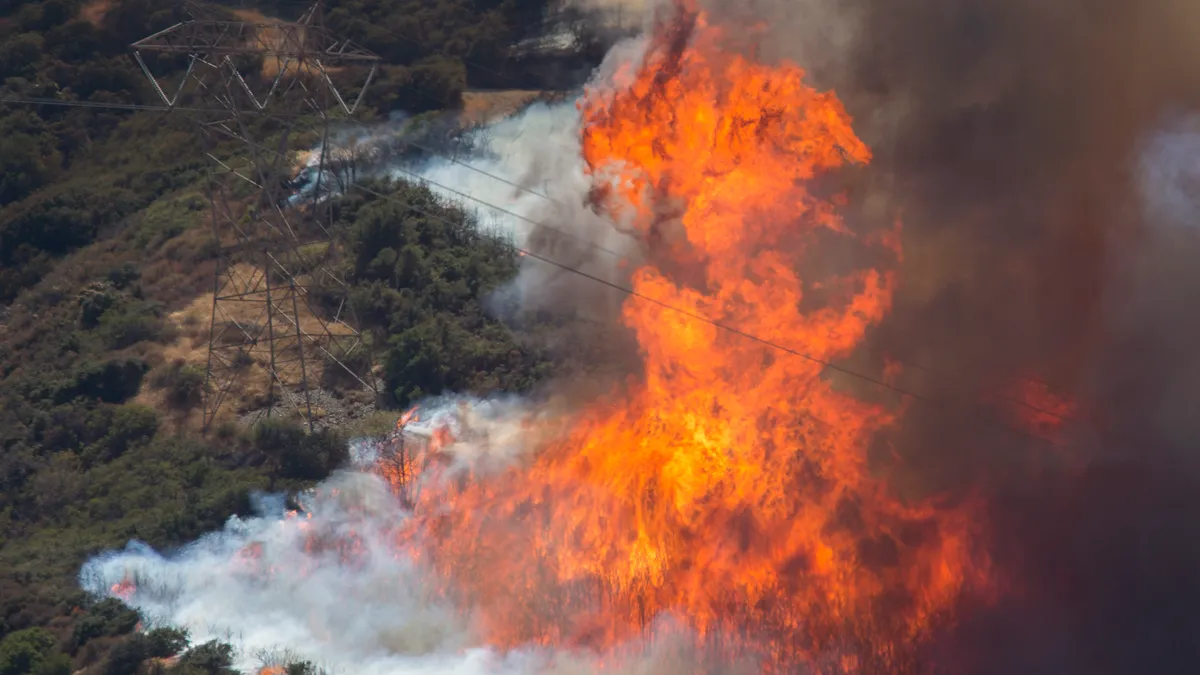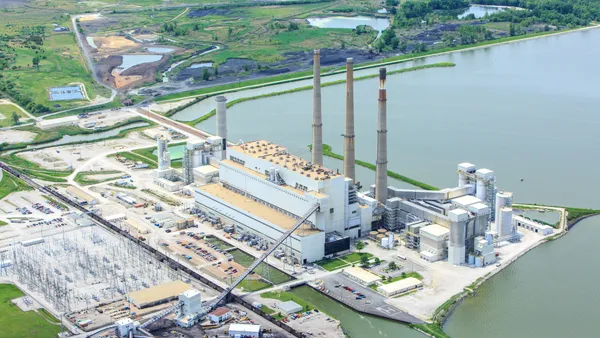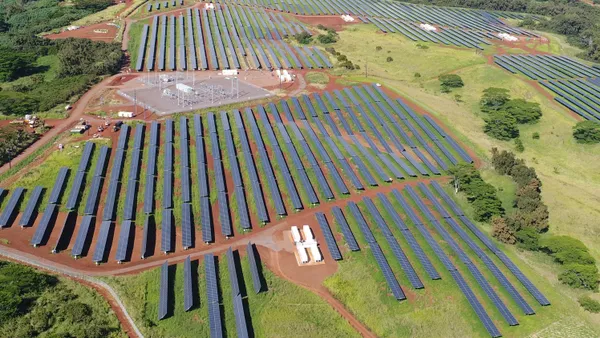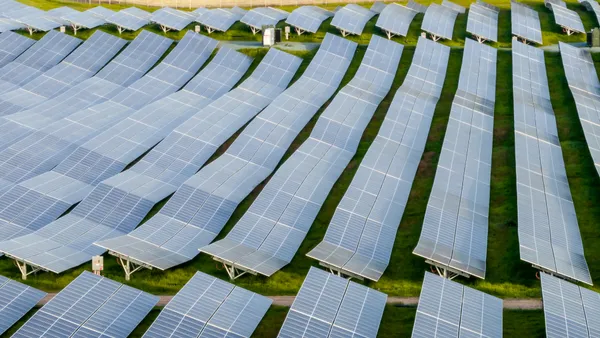Dive Brief:
- President Trump’s early moves to limit offshore wind permitting, along with his economic policies such as increased tariffs, will make it difficult for U.S. offshore wind developers to complete early-stage projects or launch new ones for the next four years, said Morningstar DBRS Vice President of Project Finance and Infrastructure Kevin Beicke.
- “As costs increase for these offshore wind projects, due to inflation or tariffs or other factors, the economics of these projects become less attractive, and so I think it becomes a little bit more difficult to sell it to the public, even for states that have explicit goals to obtain energy from offshore wind,” Beicke said.
- Rasmus Errboe, CEO of Danish renewable energy developer Ørsted – which abandoned two U.S. offshore wind projects last year – said Wednesday in the Financial Times that Trump’s tariffs would have a “meaningful impact” on the cost of projects in the U.S.
Dive Insight:
The offshore wind industry faced economic turbulence over the last few years due to inflation and increased interest rates, but was bolstered by federal and state goals for offshore wind procurement as well as Inflation Reduction Act tax credits.
However, when Trump took office, one of his first executive orders temporarily withdrew all federal waters from consideration for offshore wind leasing, and paused permitting, approvals and loans for all onshore and offshore wind projects. During the six-month pause, Secretary of the Interior Doug Burgum will lead an assessment of federal wind leasing and permitting practices, the order said.
With a few exceptions such as the Gulf of Maine, the vast majority of areas eligible for offshore wind development are in federal waters, which “limits the growth in the industry to what's already procured in terms of offshore leases,” Beicke said – even if a state has its own procurement goals.
“So these federal policies have limited the growth in the industry, in the U.S., to a large extent,” he said. “I think we're not likely to see much in terms of an increase in offshore wind in the U.S. during the Trump administration. It would predominantly be limited to projects that are under construction now, or that have otherwise obtained their permits and still find the economics in their favor to construct these projects.”
Projects that are well underway are likely to be spared from the impacts of rising materials costs due to tariffs, Beicke said, as most of those costs are likely already locked in by contracts.
“But for some projects that are in the development phase and may not have a significant amount of their costs locked in already, certainly this would be detrimental to those projects,” he said.
Beicke also noted that these headwinds are creating a “challenging environment right now for investment in offshore wind in the U.S. The downside risks, right now, significantly outweigh the upside.”
Errboe told the Financial Times that two of Ørsted’s U.S. projects – the 704-MW Revolution Wind, expected to be fully operational next year, and the 924-MW Sunrise Wind, expected to be operational in 2027 – would be impacted but not jeopardized by Trump’s new tariffs on aluminum and steel.
Beicke said he expects Trump’s various policies to slow or halt the progress of the “infant” U.S. offshore wind industry.
“In Europe, they’ve been doing this for decades,” he said. “They have a supply chain fully built out, and with those economies of scale, the projects are less expensive to develop in Europe than they are in the U.S. to begin with. So with all these other factors that have increased costs in the U.S., it just makes it much less attractive.”



